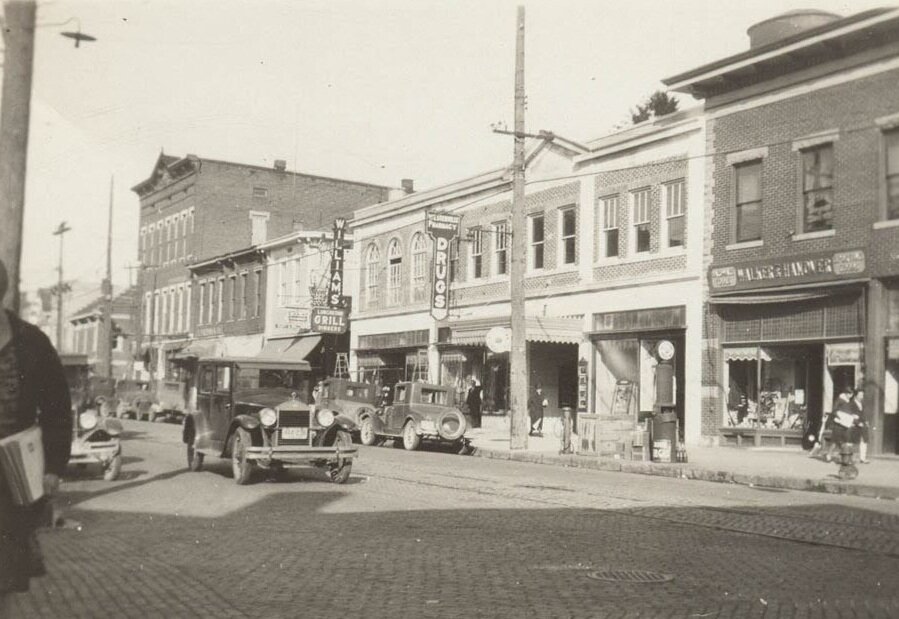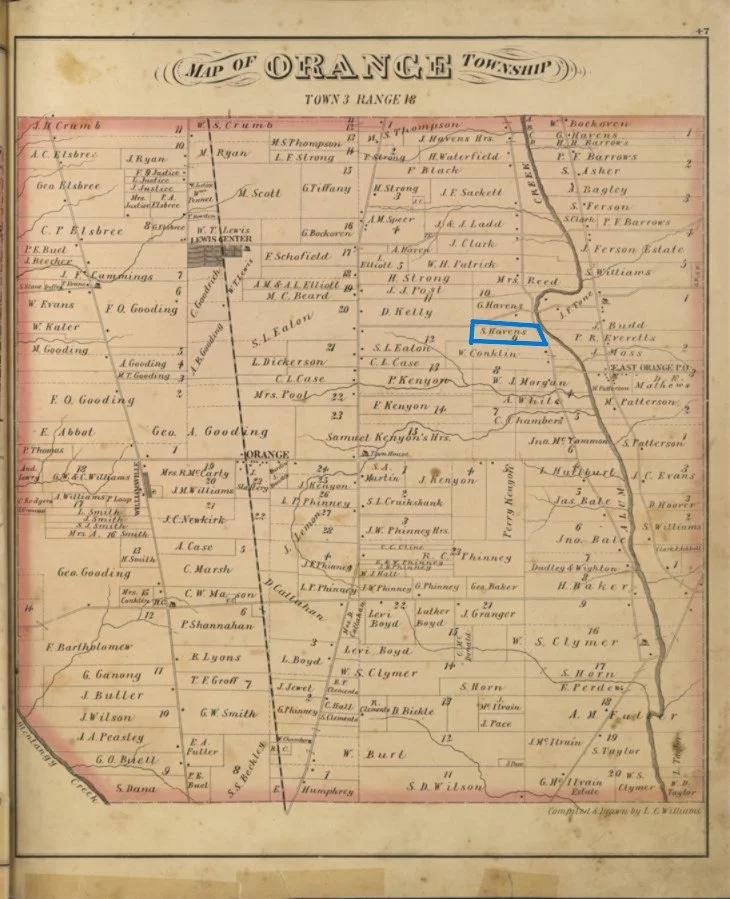
Westerville is home to two nationally recognized historic districts, and many individual historic buildings are listed on the National Register of Historic Places. Our purpose is to educate the public as to the historical importance of Westerville, Ohio and its surrounding area as an early farm community, educational center, home to four Underground Railroad stops, an early manufacturing and commercial center, and a bastion of the temperance movement through the Prohibition era.
The Westerville Historical Society is a not-for-profit educational corporation administered by a ten-member board of interested citizens to collect, preserve, maintain, promote, educate, and publish historical records; to disseminate historical information through programs, articles, and cooperation with the schools and the libraries; the support of local museums; and the marking of historical places of interest.
The Westerville Historical Society manages historic Hanby House, which is owned by Ohio History Connection. Funding for the society is generated by individual memberships, charitable donations, and local fundraisers.
Westerville, Ohio East side of State Street, circa 1930














